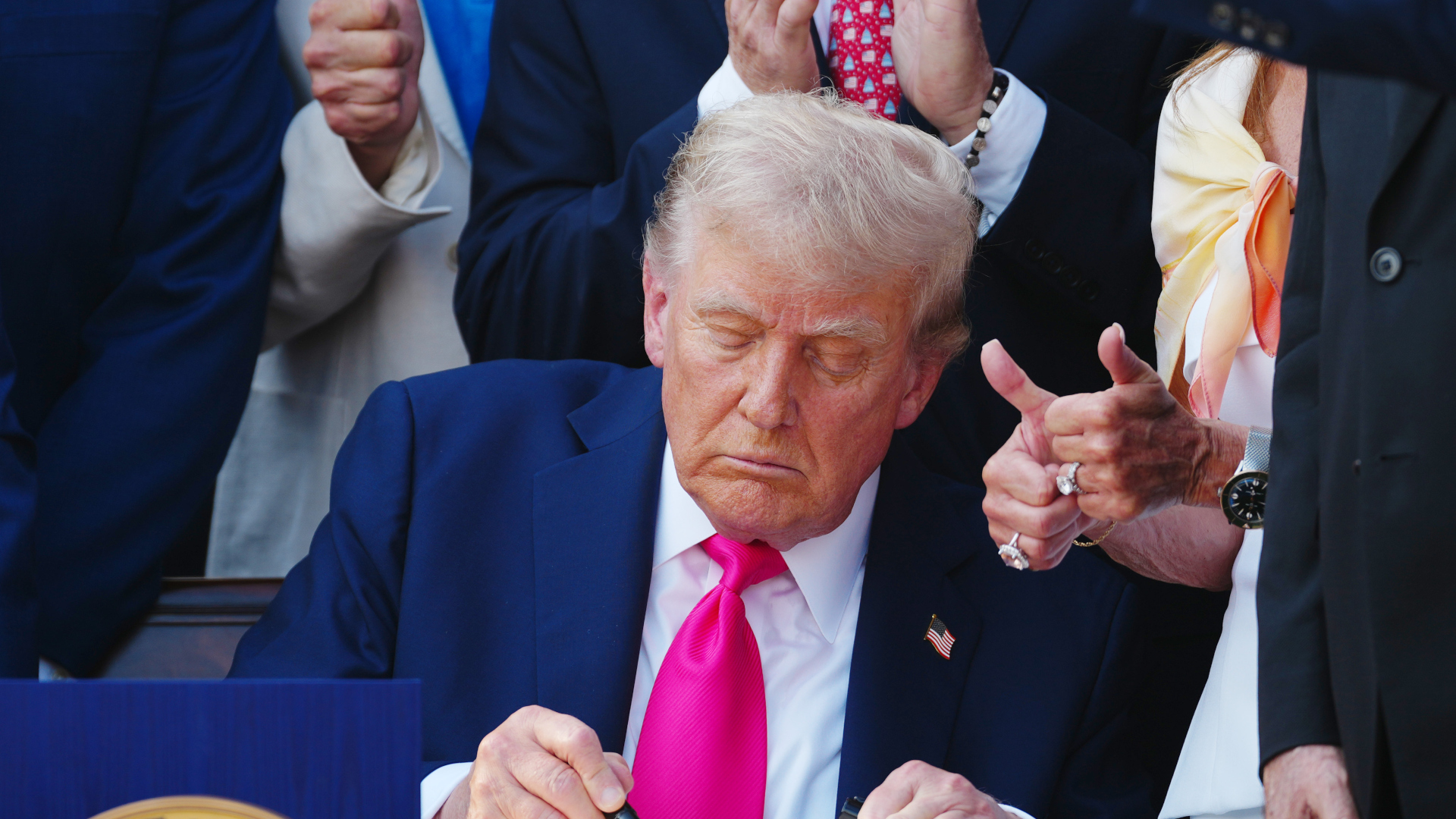
President Donald Trump’s One Big Beautiful Bill was signed into law in July. While the legislation was billed as a patriotic overhaul of taxes and benefits, it quickly sparked confusion. Emails from federal agencies, campaign-style slogans and partisan headlines left many Americans unsure what the new law actually meant for their wallets and budgets.
Read Next: I Asked ChatGPT What Trump’s ‘Big Beautiful Bill’ Means for Retirees’ Taxes: Here’s What It Said
Learn More: 6 Popular SUVs That Aren't Worth the Cost -- and 6 Affordable Alternatives
To cut through the noise, GOBankingRates asked ChatGPT to identify the most common misconceptions about Trump’s tax plan and the realities behind them.
Myth 1: Social Security and Tips Are Now Tax-Free
One of the loudest talking points was that Social Security benefits and tips would no longer be taxed. That’s only partly true.
The law introduced a temporary $6,000 deduction for seniors, which phases out at higher income levels. This may reduce, but does not eliminate, federal income taxes on Social Security benefits, per Fidelity. Importantly, it could also weaken the Social Security Trust Fund by reducing federal revenue.
The “no tax on tips” provision also isn’t a full exemption. According to the IRS, the maximum annual deduction is $25,000, and it phases out for workers with a modified adjusted gross income over $150,000.
Takeaway: Retirees and service workers may see some relief, but taxes on these income streams haven’t disappeared.
Find Out: 8 Ways Trump’s ‘One Big Beautiful Bill’ Could Offer Tax Relief
Myth 2: It’s a Middle-Class Windfall
Many Americans believe the bill will deliver sweeping relief for middle-income households.
However, analysts project that over 70% of net tax cuts will flow to the top fifth of earners, according to Institute on Taxation and Economic Policy. The middle fifth will receive only about 10%, while the poorest households will get less than 1%. Some lower-income families could even lose ground, as cuts to Medicaid and food assistance may outweigh modest tax savings.
Takeaway: For everyday Americans, the law could offer far less than its branding suggests.
Myth 3: The Plan Strengthens Safety Nets
The law was framed as protecting vital programs, but some details may tell a different story.
The bill cuts more than $1.2 trillion from Medicaid and the Supplemental Nutrition Assistance Program (SNAP) over the next decade, per U.S. News & World Report. It also imposes stricter work requirements and co-payments. For example, some Medicaid recipients may now be required to pay $35 per service, per KFF.
The Center on Budget and Policy Priorities reported that around 15 million people will become uninsured by 2034 due to changes in the bill.
Takeaway: Far from shoring up safety nets, the law may reduce access for some vulnerable Americans.
Overall, some aspects of Trump’s 2025 tax law remain unclear. While the bill may offer some tax benefits for many, there are some drawbacks to understand as well.
Editor’s note on political coverage: GOBankingRates is nonpartisan and strives to cover all aspects of the economy objectively and present balanced reports on politically focused finance stories. You can find more coverage of this topic on GOBankingRates.com.
More From GOBankingRates
- 50 Kirkland Signature Products Costco Shoppers Say Are Worth Every Penny
- Mark Cuban Reveals His Formula for Side Hustle Success
- 6 Hybrid Vehicles To Stay Away From in Retirement
- How Far $750K Plus Social Security Goes in Retirement in Every US Region
This article originally appeared on GOBankingRates.com: I Asked ChatGPT What Americans Most Often Get Wrong About Trump’s Tax Plan







